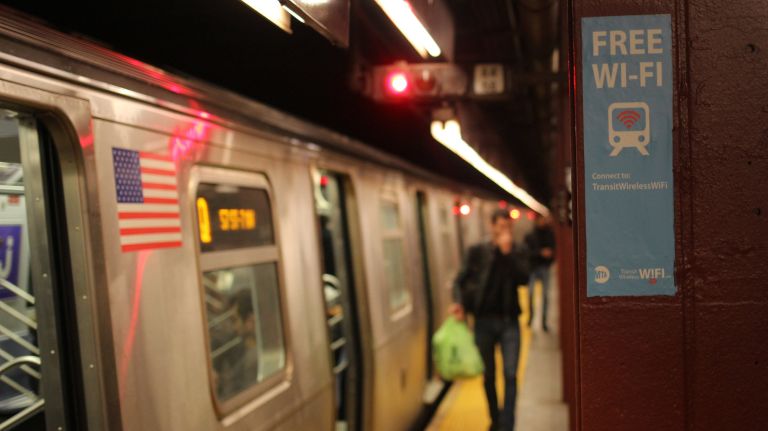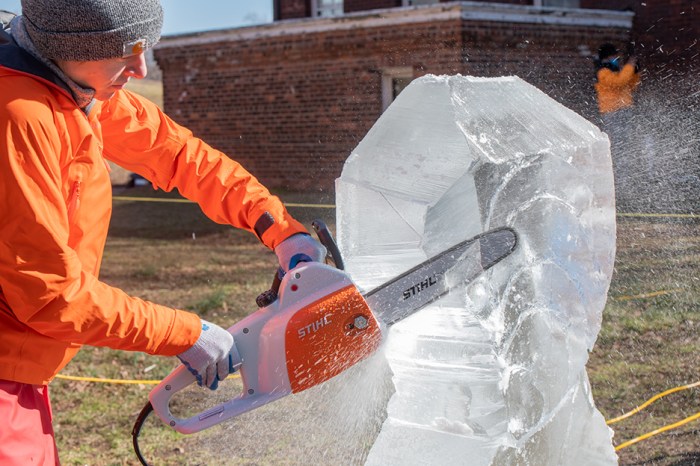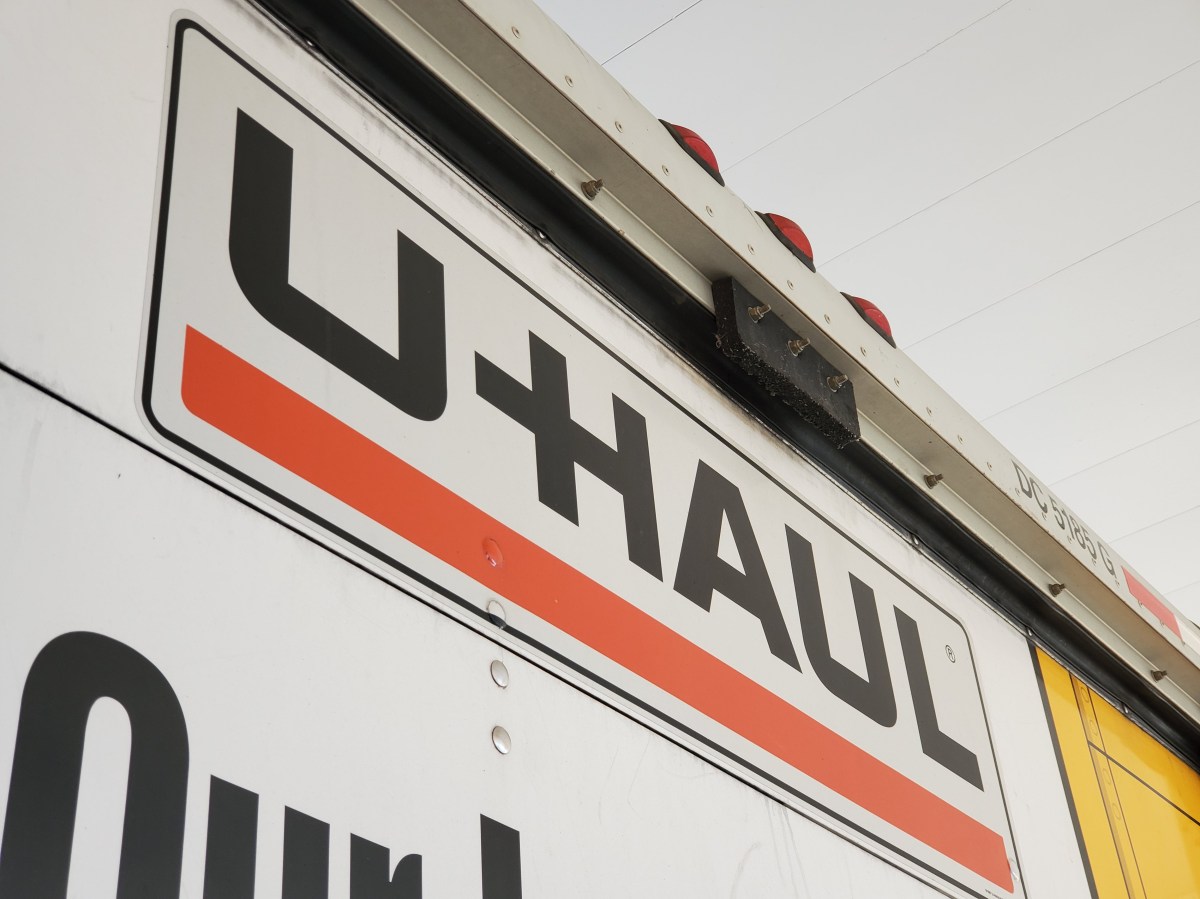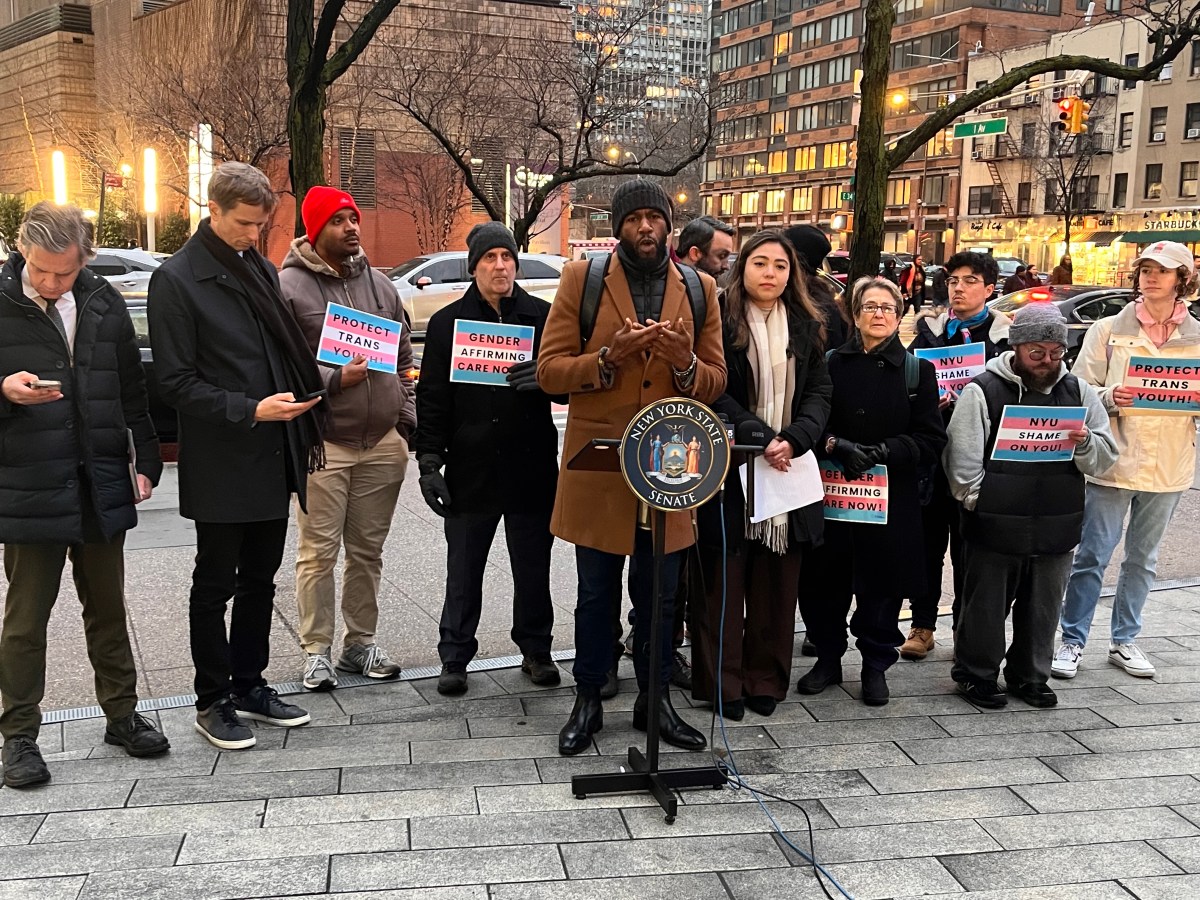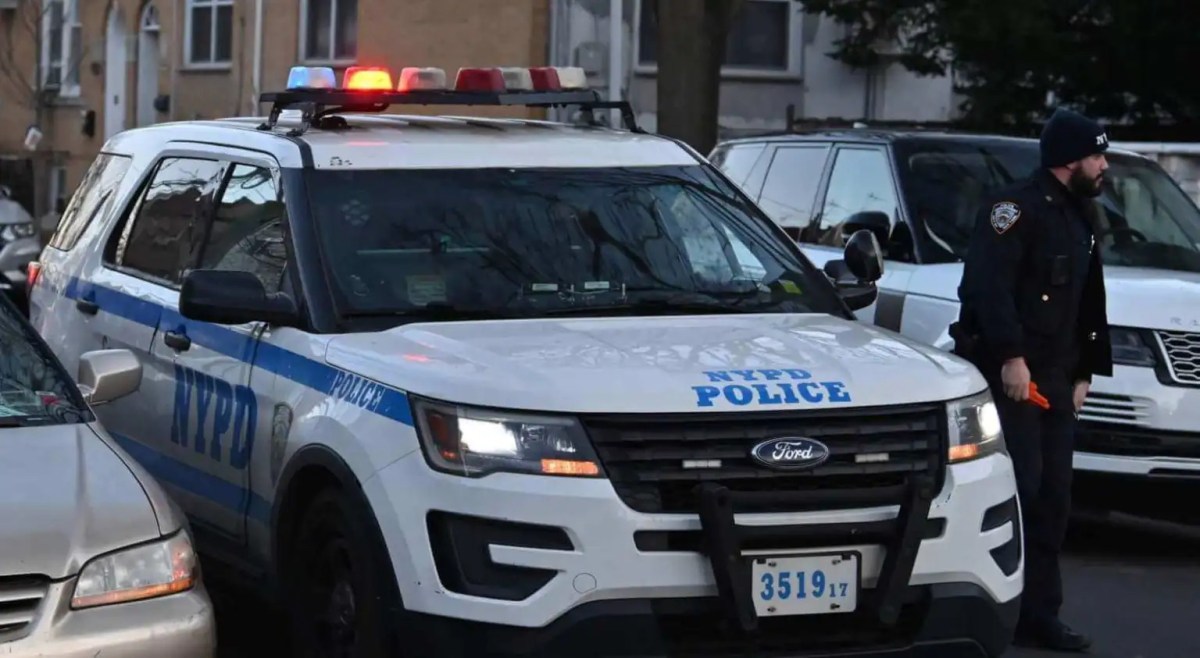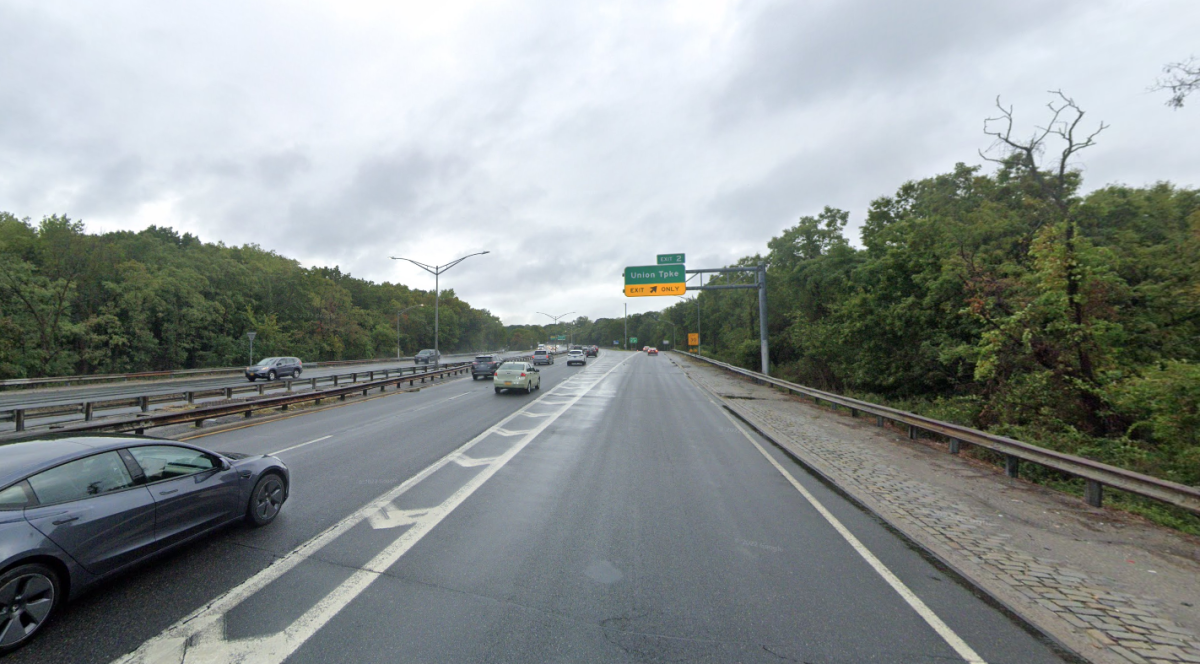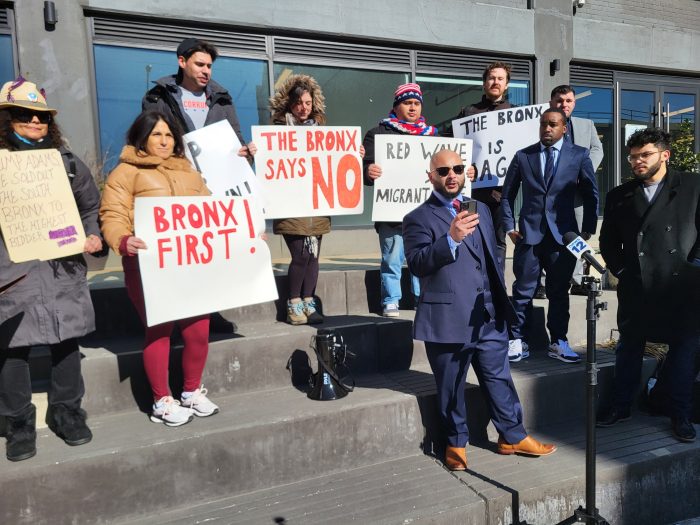Can’t stand losing your phone call while riding the subway under the East River? The MTA’s looking to expand its underground wifi connection in one of its many tunnels.
The authority announced Friday that it’s seeking proposals to license out a broadband wireless connectivity infrastructure for the Canarsie Tube — which is currently in the midst of reconstruction.
According to the MTA, the request for connectivity proposals is being made now to take advantage of ongoing outages along the L line and “minimize the impact to customers.”
“Providing full connectivity to our millions of customers is a part of our continued push to modernize the MTA system,” MTA Chairman and CEO Patrick Foye said on Dec. 27. “We’re working to deliver full connectivity across our system and allow our customers to use their commuting time to meet their needs, whether it’s texting with friends and family or communicating with coworkers.”
The Canarsie Tube connects L train riders between the Bedford Avenue stop Brooklyn and the First Avenue station in Manhattan. Since 2018, much of the line has been closed as MTA crews reconstructed critical infrastructure damaged during Hurricane Sandy.
Work on the Manhattan-bound tunnel has already been completed, and construction on the Brooklyn-bound side has been progressing since October. The full tube is scheduled to reopen in April 2020, three months ahead of schedule, Governor Andrew Cuomo reported in September.
To date, the MTA said, it’s working with a consortium of wireless carriers to expand broadband connectivity at all underground subway stations in New York City and within the Metro-North and Long Island Rail Road systems. That includes the LIRR tunnels being constructed in the East Side Access project, and expected to open in 2022.
The MTA has also helped drivers stay connected by similarly adding broadband connectivity to the Queens Midtown and Hugh Carey (Brooklyn Battery) Tunnels. It’s illegal for drivers to hold their phones while behind the wheel, but they can still make a call through hands-free devices mounted in their vehicles.



